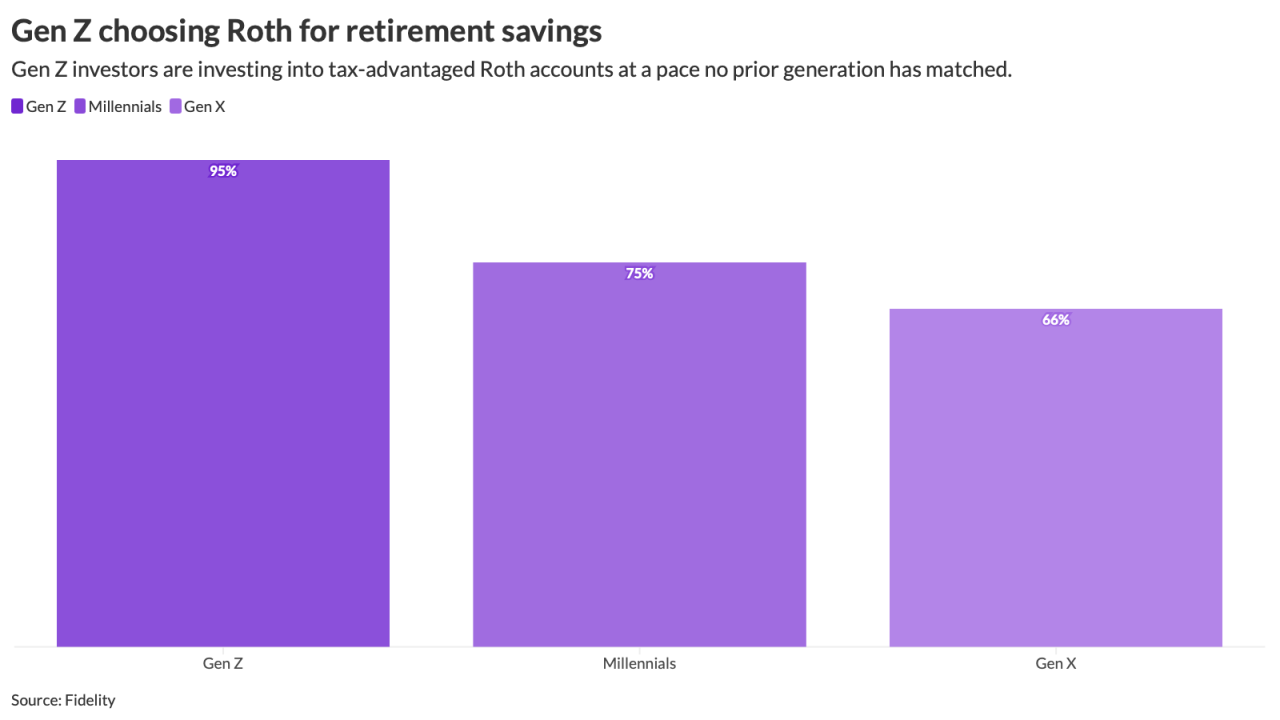Decades have passed since the enactment of the Americans with Disabilities Act (ADA), a civil rights law that prohibits discrimination against individuals with disabilities in all areas of public life, including jobs. And yet, organizations often still fall short when it comes to accommodating workers with disabilities. As the baby boomer generation ages and millions struggle with lasting effects from COVID, the ramifications of disability-related absences is set to increase if employers do not put steps in place to better support people at work.
The U.S. Equal Opportunity Employment Commission defines a disability as a physical or mental impairment that substantially limits a major life activity. Per a report from 2022, only 19% of working-age people with a disability were employed, a fact that falls in stark contrast to today's loud society push for
Read more:
The Disability Management Employer Coalition (DMEC) is one such company resource, providing focused education for disability and absence managers on how to have consistent return-to-work programs that reduce the duration of employee leaves. It places an emphasis on bringing people back to work regardless of where their disability originated, and making this a part of company culture versus an issue of compliance.
"There's a lot of complexity to having a formalized return-to-work program," says DMEC CEO Terri Rhodes. "A lot of employers get hung up on how to define and pay for this. Employers think, 'Why do I need to have a formalized program when there are laws to accommodate workers?' It's not just about accommodation. Return-to-work is a culture — the mindset that we're going to find opportunities for people to get back to work."
Read more:
Coming up with a good organizational approach to disability management — which aims to reduce a disability's impact on individuals and employers — requires consideration when looking at the broad range of conditions recognized under the ADA, and should be customized to meet compliance and individual job requirements. A master list of covered disabilities does not exist, so employers are best off assessing and providing whatever their workers need to be present and productive, and reaching out to experts who can help streamline the process.
Many disability insurance carriers who are managing leaves of absence are now managing accommodations for employers, Rhodes says. She adds that managers must have consistency and policy so their employees know what they need to do, and employers who make the effort to recognize and accommodate disabilities within the workplace do a lot to improve the overall faith employees have in their company.
"It's a morale booster for employees because they can see a coworker helped through a transition and getting back to full duty," she says. "It's pervasive throughout the organization. They know that whatever this issue is, they're going to have the opportunity to get back to work."
In addition to the improvement in workplace culture, companies who initiate return-to-work practices will benefit from a cost standpoint as well. The Job Accommodation Network (JAN), a free resource for employers looking for guidance in the area of disability management, reports that the average accommodation costs nothing, and those that do typically have a one-time expenditure of around $500.
"If you have a robust light duty or transitional work program, you're saving money," says Rhodes. "You're saving money on disability and on actual absence costs, because you don't just have the cost of that individual absence, you have replacement workers or overtime for other employees. There's also intellectual capital — if you have somebody in a specialized role and they're your go-to person, you can't always transfer that knowledge."
Read more:
Employers that include people with disabilities in a workplace don't just help safeguard their workforce and enrich
"Everybody should be given equal opportunity to get back to work," says Rhodes. "Corporate America is more reactionary, and there's improvement that can be done in forward thinking. It's not good enough just to talk about these things, particularly if you want to have a workforce in the future. There's a lot of talk, but what are your actions?"






